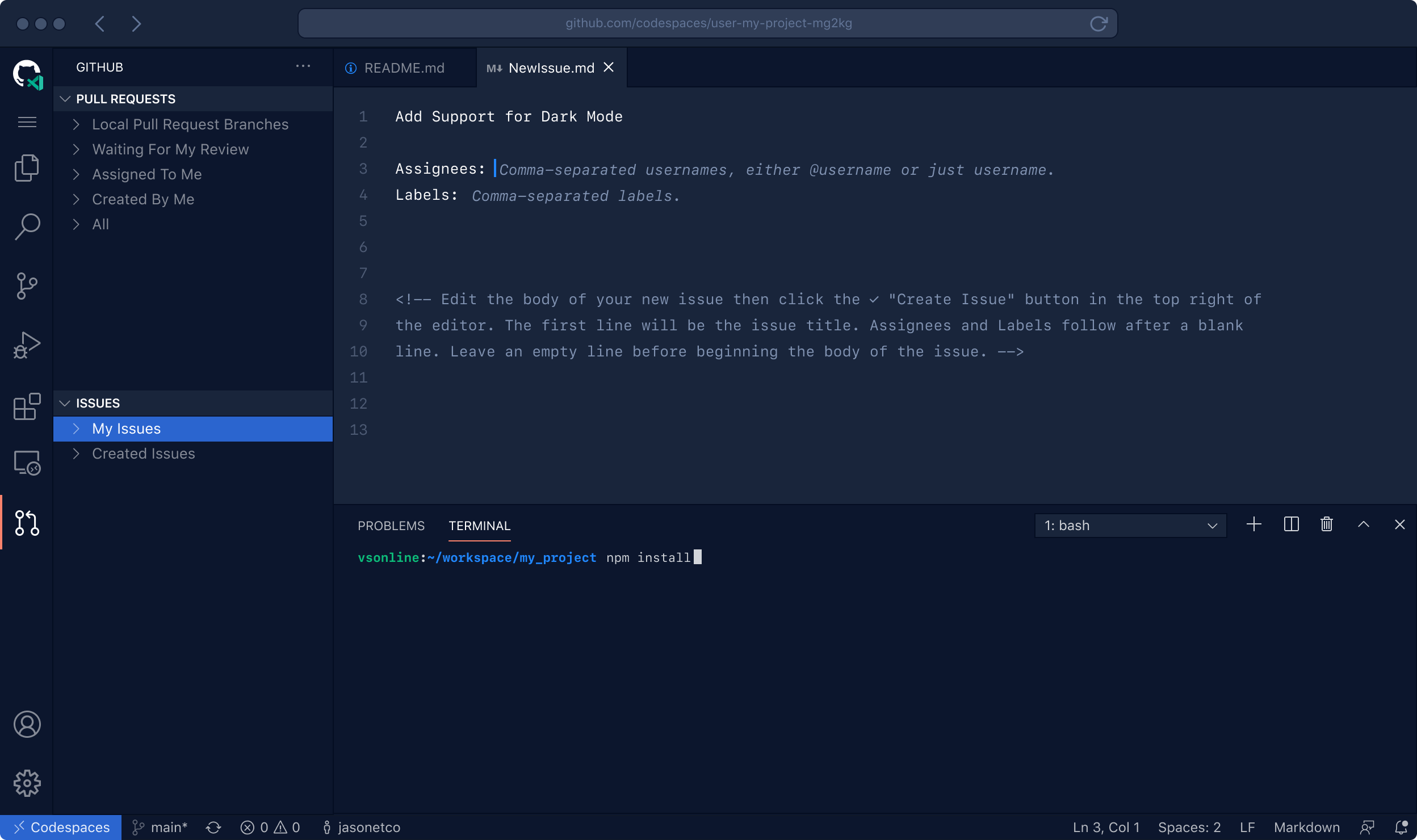

SIM swap fraud occurs when someone calls your wireless carrier impersonating you and convinces the employee to change the SIM card linked to your phone number. And while that's a convenient and easy way to receive your codes, it's also wildly insecure due to SIM swap fraud.

#CODE REVIEW TOOLS FOR MAC PASSWORD#
When two-factor authentication first started to roll out to various websites and services, nearly all of them only supported sending your one-time password via text message. Using a password manager is the easiest way to increase security without also increasing the burden on yourself.įor the best security, don't use SMS to retrieve your codes. There's still something to keep in mind, though. Once you've entered that code, only then are you granted access to your account.Įffectively, a would-be bad guy would need to know your username and password and have taken over your phone number or have physical access to your phone and your authenticator app of choice to sign in to your bank's website or your email account. You obtain that number, which changes every 30 to 60 seconds, via an app or a text message. First, you'll enter your username and password, then you'll be asked to enter a one-time passcode (sometimes also called an OTP) which is typically a six- to eight-digit number. Two-factor authentication adds an extra step to that process. If you're not using 2FA on an account, your login process involves entering your username and password, and that's it. Think of two-factor authentication as an extra layer of security for your online accounts. For simplicity's sake, I'm going to refer to it as two-factor authentication or 2FA for the duration of this post.
#CODE REVIEW TOOLS FOR MAC VERIFICATION#
Two-factor authentication (also sometimes written as 2FA) is also commonly referred to as two-step verification or multifactor verification. Read more: Cybersecurity Awareness Month: Time for your safety check What is two-factor, or two-step, authentication? In the spirit of cybersecurity awareness, we also recommend checking to see if your account passwords are already on the dark web (and then changing them) and seriously considering a password manager if you don't use one already (we no longer recommend LastPass, but Bitwarden is a good alternative). While two-factor authentication can be time-consuming to set up for every account, it's relatively straightforward to set up and use, and well worth the effort. Using both would boost your account security. Two-factor verification goes hand in hand with use of a password manager that sets up and remembers complex passwords that are much more secure than a short set of words and symbols, such as P4ssW0rd*.


 0 kommentar(er)
0 kommentar(er)
